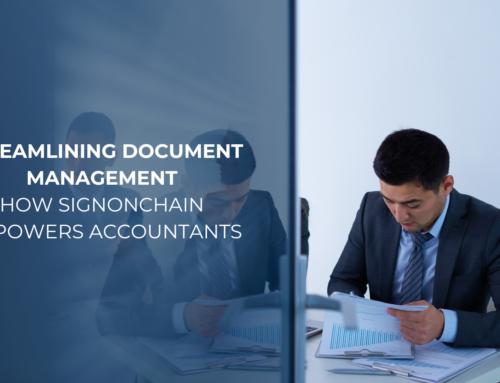Don´t give your auditor a nightmare
Better quality on documentation could help audit quality. Let us show you how a simple accounting extension, called Triple Entry Accounting, (TEA) can save you and your auditor time and money.
Why are audit costs high and engagements sometimes not even profitable (for the auditor)?
Auditors follow regulations when they audit. And yes, the auditor’s work is also subject to a quality audit. To be efficient, they plan the audit ahead. If unexpected things show up, the plan might have to change. Along with all the documentation from the planning phase when the nature and the scope of the audit was assessed.
Auditors collect audit evidence in order to land on a conclusion that the financials are fairly presented without material misstatements. High quality documentation and transparency can therefore lower audit related costs and improve reliability of the financials.

The concept of Triple Entry Accounting (TEA) and how it can impact society inspires us to build something that could solve a lot of the problems and inefficiencies we have seen the accounting and audit industry.
Let us illustrate how to leverade Triple Entry Audit with an example
You think you prepared well and that everything was in order before the audit. The requested documentation was all made available and ready in advance, but still, you scratch your head over why it takes time and there are still issues and questions about documentation that wasn’t requested beforehand. Or why it simply takes so long time to go through all the documentation or even a selected sample of the documentation.
How some audit engagements can turn out more costly
In this case, the auditor might have planned on doing external confirmations to audit a large part of your income. External confirmations (ISA 505) mean that the auditor will inquire your customers whether your income is real. If feasible, this is one of the efficient ways to audit. However, this year you had a big leap of international customers, and cross-border external confirmations often go unanswered – causing a nightmare for the auditor. Why? Because the auditor then cannot rely on external confirmations and needs to change plans to audit the revenue. Remember change of plans includes more documentation and it takes time; thus, it is costly.
How to solve it
The triple signed invoice is a solution to the auditor’s nightmare.
It works like this on a normal transaction:
1) The Buyer and
2) The Seller –
3) Both sign the underlying documentation (invoice) of the transaction on a secure shared ledger with their verified identities.
This is called Triple Entry Accounting.
“In contrast to the classical double entry framework, BOYLE (1997) and GRIGG (2005) propose ledgers based on triple entries which provide the same reliable accounting between firms that double entry provides inside the firm.” (Grigg, Buene, Oliverie, Simoyama. 2017).
Cut costs
Not only does it provide an external confirmation of the transaction, but it is also readily available before the audit. Auditors’ time saved is your cost reduced.
Added security
Read more about how signed invoices add security against the most common type of cyber-attack, still increasing.
Now that you have learned what Triple Entry Accounting is, do you think it can help accountants and auditors to work more efficiently?
With our FREE BETA-VERSION you will be able to experience the easy process to send and receive secure invoices to yourself or to a colleague.





Leave A Comment